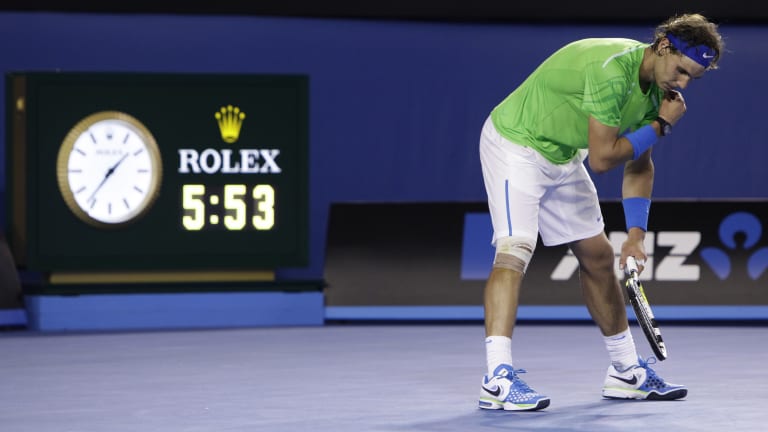Millennials.
It isn’t a particularly frightening word, but in some ways it’s an intimidating one. At least it is to the movers and shakers in tennis. The generational concept has made them very nervous lately.
The noun applies to an enormous, very loosely defined group of people who were born in the 1980 and 90s. Identifying their habits and tapping into their resources has become the grail for consumer marketers. However, millennials are an amorphous, unpredictable bunch, as elusive as a Snapchat message. They were weaned on social media, they consume their entertainment on an array of platforms and their attention span is thought to be limited.
Millennials pose a special problem for a sport that embraces tradition as much as tennis does. The game’s leaders are worried that those celebrated four- and five-hour matches between titans like Rafael Nadal, Roger Federer and Novak Djokovic will not captivate this younger audience. There’s a growing sense that change may be in the offing, as well as a steady, rising chorus calling for reform in key areas, including the scoring system.
We are like witnesses standing in a very dark tunnel, seeing a tiny speck of yellow light at the far end. Change is coming. That little speck is the headlight of a locomotive. It can, and will, demolish anything in its path. And it is bearing down on us.
“We’re in the best place we’ve ever been,” Chris Kermode, the executive director of the ATP, told me recently. “That makes it difficult to argue for change, but we have to anticipate what pitfalls we see in the next 10, 15 years. What about our next generation of fans? We have to ask millennials what appeals to them, what it will take to get them to watch and attend tennis.”
The lords of tennis don’t believe that millennials hunger for more matches like the nearly five-hour 2008 Wimbledon final, in which Nadal beat Federer, 6-4, 6-4, 6-7 (5), 6-7 (8), 9-7. (The marathon is hailed by many as the greatest match ever played.) That’s the conventional wisdom about millennials and their appetites, anyway.

